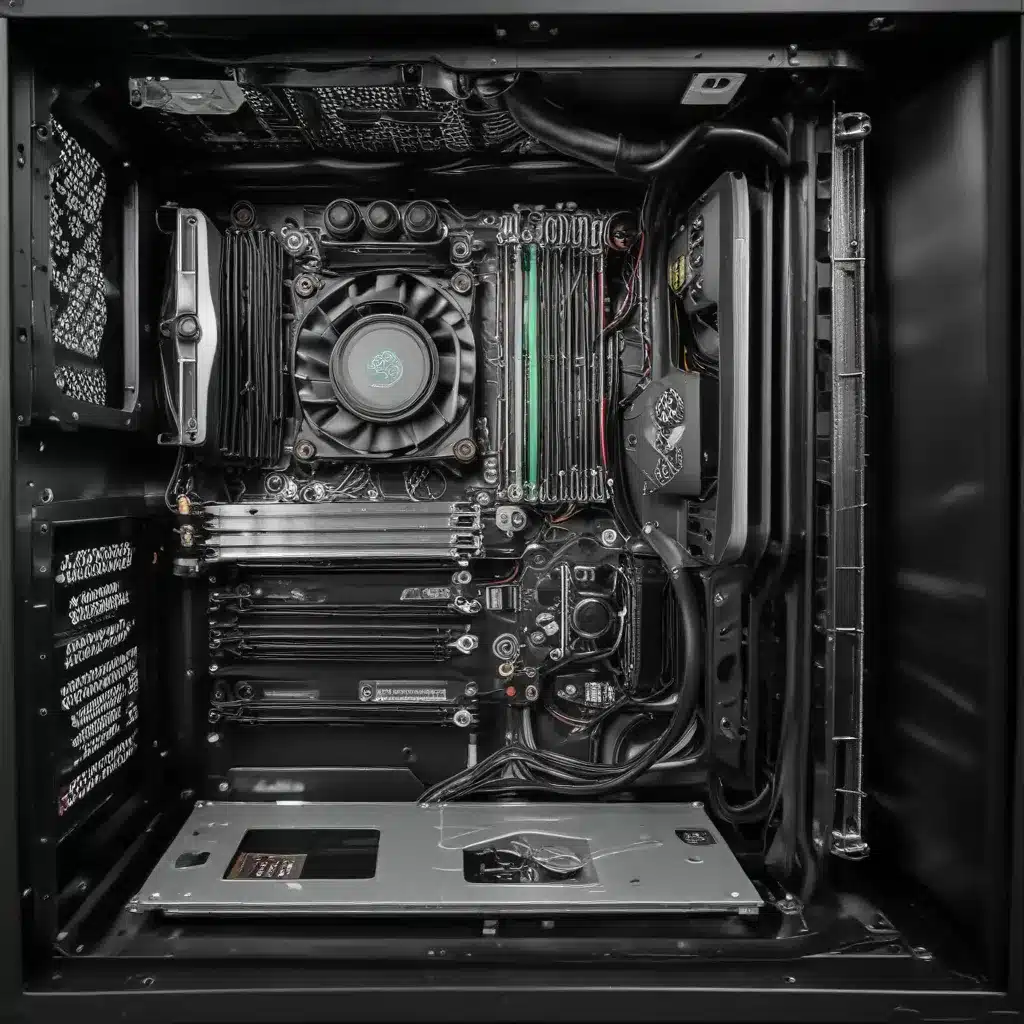
In the ever-evolving world of technology, keeping up with the latest hardware can feel like a never-ending race. However, for many users, an outright replacement of an aging desktop PC may not always be the most practical or cost-effective solution. With the right approach, you can breathe new life into an outdated system and extend its useful lifespan, all while improving its performance and reliability.
Desktop PC Hardware
At the core of any desktop computer lies a carefully selected set of hardware components, each playing a crucial role in the overall system’s capabilities. Understanding the function and interplay of these elements is essential when considering upgrades or modifications.
Hardware Components
Processor (CPU)
The central processing unit (CPU), often referred to as the “brain” of the computer, is responsible for executing instructions and performing calculations. The processor’s speed, architecture, and number of cores can have a significant impact on the system’s overall performance.
Motherboard
The motherboard serves as the foundation for the computer, providing the necessary connections and interfaces for the various components. It determines the compatibility and potential for upgrades, such as the type of CPU and memory that can be installed.
Memory (RAM)
Random Access Memory (RAM) is the temporary storage used by the computer to hold the data and instructions required for immediate processing. Increasing the amount of RAM can often provide a noticeable performance boost, especially for multitasking and memory-intensive applications.
Storage (HDD, SSD)
The storage system, which can consist of traditional hard disk drives (HDDs) or solid-state drives (SSDs), is responsible for housing the operating system, programs, and user data. The type and speed of the storage can have a significant impact on the system’s overall responsiveness and boot times.
Power Supply
The power supply unit (PSU) is the component that converts and distributes the necessary electrical power to all the other components within the desktop PC. Ensuring that the PSU has sufficient capacity and reliability is crucial for stable and reliable system operation.
Performance Upgrades
Depending on the specific hardware configuration and the age of the desktop PC, various upgrade paths can be explored to breathe new life into the system.
Processor Upgrade
In some cases, it may be possible to replace the existing CPU with a more powerful model, provided that the motherboard supports the newer processor. This can result in a noticeable increase in overall system performance, particularly for tasks that are heavily CPU-bound.
RAM Upgrade
Increasing the amount of RAM can often provide a significant performance boost, especially for multitasking, web browsing, and running memory-intensive applications. Ensure that the additional RAM modules are compatible with the existing system and motherboard specifications.
Storage Upgrade
Replacing a traditional HDD with a faster SSD can dramatically improve the system’s responsiveness and boot times. This is often one of the most cost-effective and impactful upgrades for an aging desktop PC.
Cooling Solutions
Effective cooling is crucial for maintaining the stability and longevity of a desktop PC, particularly when considering hardware upgrades or increased workloads.
Passive Cooling
Passive cooling solutions, such as heatsinks and case fans, rely on the natural airflow and heat dissipation properties of the materials used. These solutions are often the most cost-effective and straightforward way to improve the cooling performance of a desktop PC.
Active Cooling
Active cooling systems, such as CPU coolers and liquid cooling solutions, utilize additional components to actively draw heat away from the critical components. These solutions can provide more efficient cooling, allowing for higher-performance components or overclocking, but often come with a higher cost and complexity.
Thermal Management
Proper airflow and ventilation within the desktop PC case are essential for effective cooling. Monitoring system temperatures and adjusting fan speeds or adding additional cooling components can help maintain optimal operating conditions.
Software Considerations
The operating system and software optimization can also play a crucial role in the performance and longevity of an aging desktop PC.
Operating System
The choice of operating system, whether it’s Windows or a Linux distribution, can have a significant impact on the system’s resource utilization and overall performance. Ensuring that the operating system is up-to-date and compatible with the hardware can help unlock the full potential of the desktop PC.
Performance Optimization
Regularly updating drivers, optimizing system settings, and managing background processes can help improve the overall performance and responsiveness of an older desktop PC. Additionally, utilizing system maintenance tools and optimizing startup programs can help free up valuable system resources.
Reviving Outdated PCs
Reviving an outdated desktop PC can be a rewarding and cost-effective approach, but it’s essential to consider the limitations and potential challenges involved.
Hardware Compatibility
When upgrading or replacing components, it’s crucial to ensure that the new hardware is compatible with the existing system. Factors such as motherboard socket type, memory standards, and storage interfaces need to be carefully considered to ensure a successful upgrade.
Refurbishment Strategies
In some cases, a more comprehensive refurbishment approach may be necessary to breathe new life into an aging desktop PC. This could involve replacing multiple components, such as the processor, motherboard, and storage, to create a hybrid system that combines newer and older hardware elements.
By carefully evaluating the hardware, implementing effective cooling solutions, and optimizing the software, you can often extend the useful lifespan of an outdated desktop PC and enjoy a significant performance boost without the need for a complete system replacement. Remember to always consult reliable sources, such as the IT Fix blog, for the latest information and guidance on desktop PC upgrades and maintenance.












